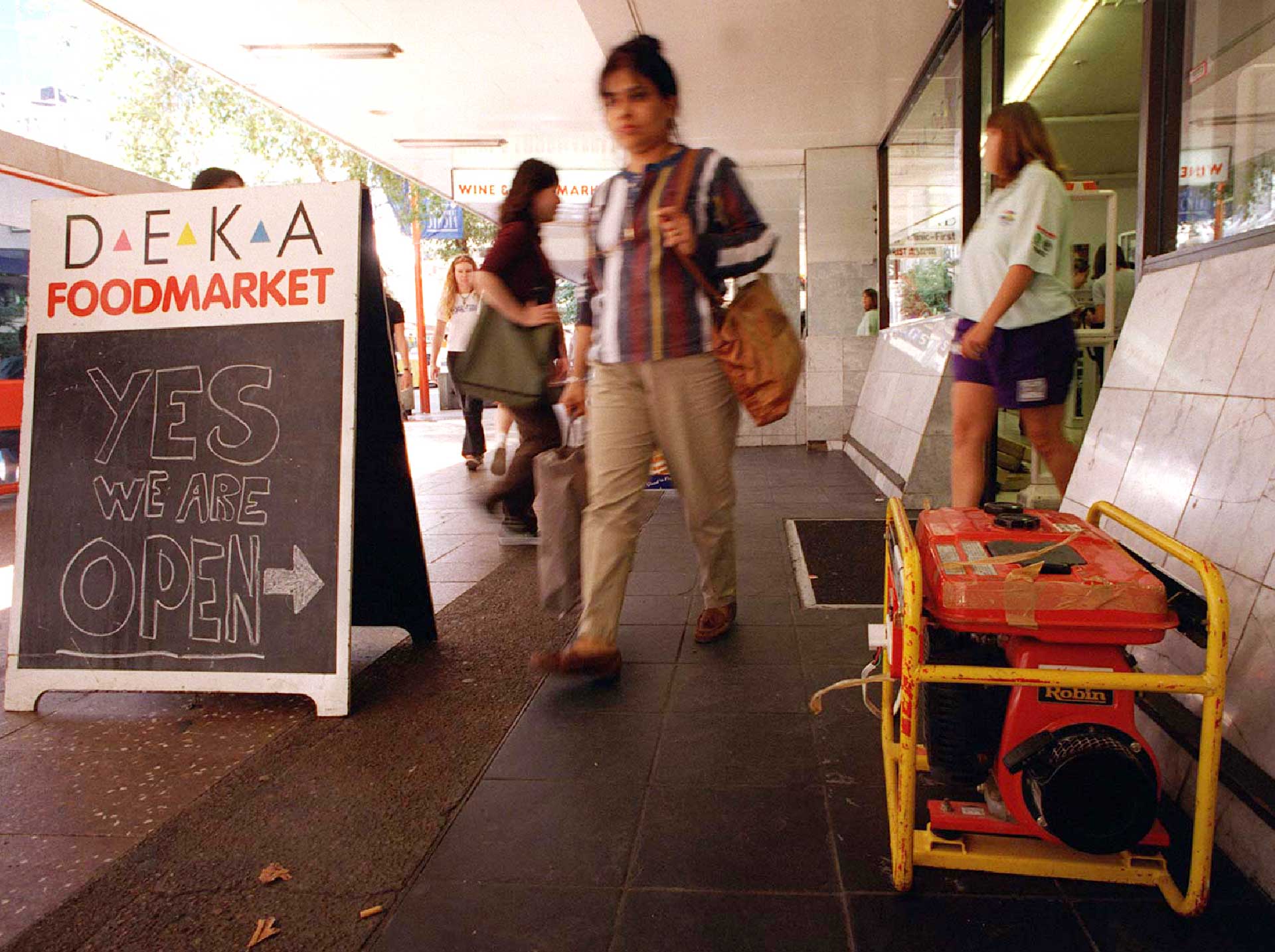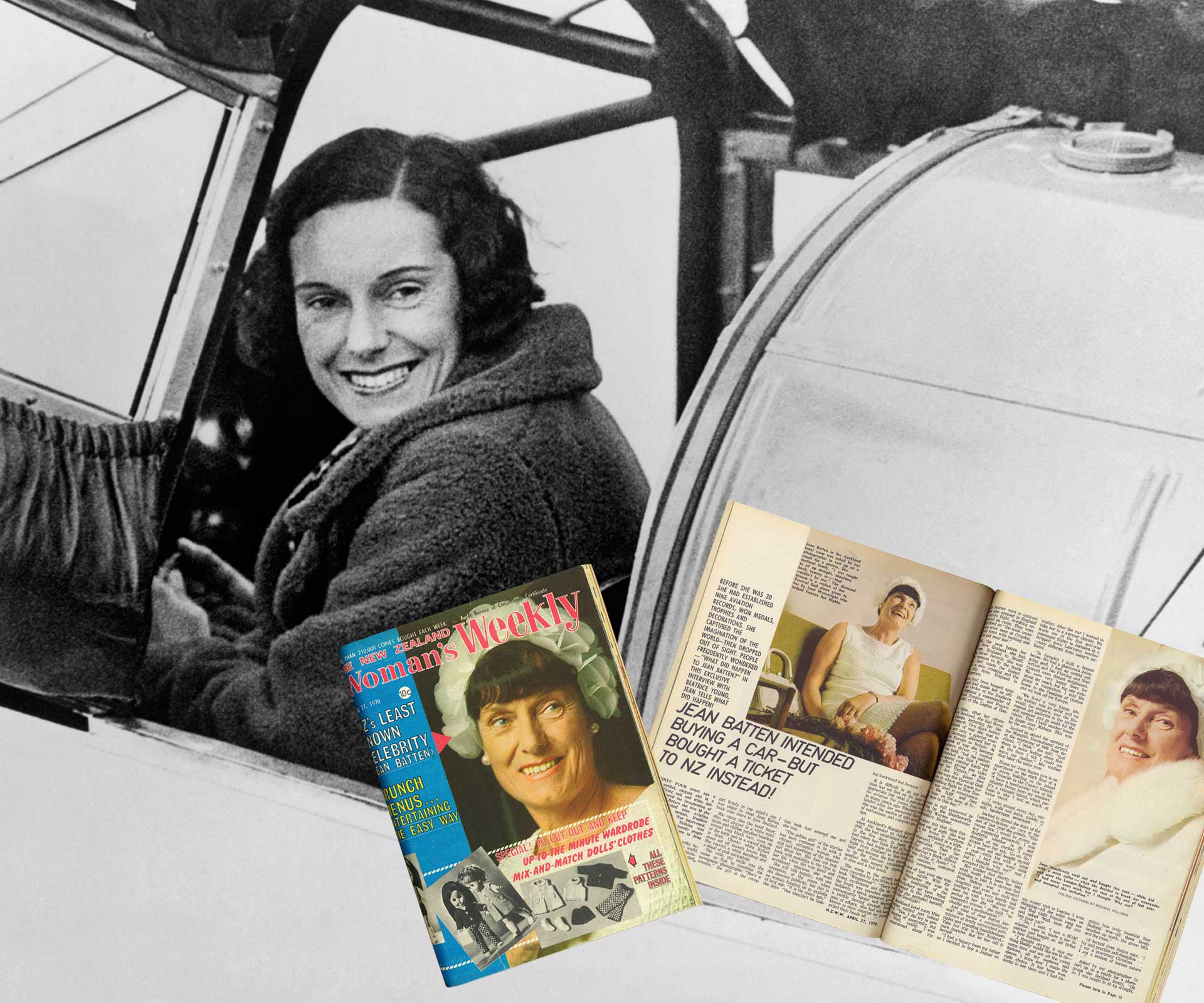As New Zealand Woman’s Weekly prepares to mark its 85th birthday, we are taking a look back through our rich history, opening the archives to revisit some of the extraordinary, historic or downright unusual stories that have featured in the pages of this magazine. Each week, we’ll bring you one of these incredible tales.
Today, a supermarket without items barcoded seems unfathomable, but in 1981, the introduction of barcodes on products had the nation both enthralled and concerned – retailers were thrilled, while unions were terrified the new technology would put hundreds out of a job.
The Weekly’s staff writer Frances Levy took a look at both sides of the argument and walked our readers through the impending change – and we even reckoned it was the end of long queues at the supermarket. (In hindsight, that may have been wishful thinking!).

“Supermarket customers will get faster check-out service and itemised dockets. But the unions aren’t happy.”
Product pricing – the way we know it – is on its way out of the supermarket. In its place will be automatic price scanning at the check-out counter. The first locally made goods bearing a New Zealand identifying code could appear on retailers’ shelves by the end of the year.
And within two to five years, price scanning at the local supermarket could be as familiar a sight as an egg carton. Shoppers will still know what the costs are – price shields or posters will be displayed on shelves, much as they are today.
Product barcoding will take the place of the price label and will work like this: Instead of each grocery item having a price tag attached somewhere, the goods will be quickly passed across a scanner which will “read” (by a helium/neon laser) the barcoded symbol printed on the package.
The information is fed to a computer storage terminal (which holds stock information for the retailer) and out comes the price on an electronic cash register… quicker than a blink.

The cash register also notes “specials” and coupons, endorses cheque payments and totals the bill. It shows the amount of change (if any) for the customer, and almost, but not quite, says, “Thank you, come again.” That’s still up to the operator.
Barcoding or numbering is claimed to bring the benefits of more efficient marketing, wholesaling and retailing, with possible price reductions and cash savings.
Other benefits attributed include more efficient use of staff, better retail stock control, sales analysis and up-to-date sales history of individual items. The customer also gets quicker check-out service and a docket which, for the first time, will itemise all the goods in the shopping trolley.
And the reason for product barcoding? New Zealand has joined the rapidly growing number of countries which use coding on thousands of consumer products.
While full-scale introduction of the new technology is still about five years away, the change-over to the new style has already begun, with several manufacturers applying for codes for their products. What will barcoding mean for the supermarket customer?
According to Mr Matt Storey, a member of the NZ Product Numbering Association and chairman of Associated Wholesalers LTD (whose supermarkets include IGA, Woolworths/McKenzies and Family Fare), customers can expect faster service.

Lengthy queues will become a thing of the past and, for the first time, shoppers will be able to check each item and its price.
“Overall, it means a more efficient service for customers in what is the most competitive industry in the world – the food market.”
Mr Storey does not think the supermarket scanners will mean staff redundancies, a frightening prospect in a marketplace where unemployment figures are rising.
Unions, however, are concerned. Officials believe that staff numbers will be cut. This happened in the United Sates, they point out, when computer scanning was introduced in a number of supermarket chains.
In a report prepared jointly for another supermarket chain, Foodtown, and unions involved in the industry, this fact is acknowledged.
Judy Reid, secretary of the Auckland and Gisborne Shop Employees’ Association, voices the concern of her union’s members: “There is general apprehension on the part of the union about the introduction of scanning. Of course it has benefits for the retailer – it’s cheaper. There will be fewer staff costs.”
Her union, like the others, will be looking for assurances that staff levels will be maintained. While both retailers and the report concede there might be some job changes, Judy Reid does not see that changing job descriptions will help.
She says staff aren’t items of office furniture to be switched around at will. They should be consulted and agree to any changes.
“They’re people, after all.”
Eileen Tourell, of the Butchers’ and Grocers’ Union, says ideally they would like maximum consultation with retailers – and no redundancies.
“Employers are saying that jobs will be created – initially this might be so, but long-term the prospects are not good.
“We want involvement in new methods. But we also want discussions with employers and talks with our members. We’re looking at the fact that our people could be made redundant by machines.”

Mr Storey says the introduction of scanners is inevitable.
“It is widely used throughout Europe and the UK. In Germany, nearly 100,000 products are now barcoded. In France, the ratio is almost the same. He points out that despite initial problems and slow acceptance of the scanner system in the US, increasing numbers of goods are now being barcoded and customer acceptance has greatly increased.
“I think we’re fortunate to be learning from the mistakes made elsewhere. Like the Australians, who did considerable research before introducing the system (with very few products as a result), we are examining all the aspects of scanning.
“We want to ensure that this system is acceptable to the public. Consumer acceptance is a matter of concern to our industry and that’s why we’ll be organising
an educational programme to make shoppers aware of what is being offered.”
Words: Frances Levy


